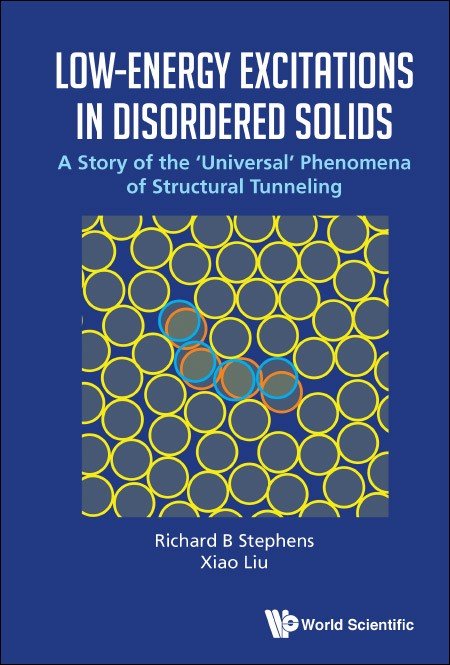Chapter 1: Introduction and Scope
Why should one care about a bit of rattling in disordered materials? On the face of it, the states addressed in this monograph only amount to a few 10s ppm of the total number of vibrational modes, whose effects are barely visible at liquid helium temperatures. They only became obvious with the advent of technology to go to still lower temperatures. In spite of such remoteness from everyday conditions, and the sparsity in numbers, this rattling had practical consequence even then for experimenters characterizing the materials used in their low-temperature devices, and for geologists who wanted to use Debye’s continuum model for specific heat (see Sec. 2.4) as a backdoor way to measure the speed of sound in important sub-surface minerals (Barron et al., 1957; Alers, 1965; Anderson, 1965). Those early researchers found puzzling anomalies in glasses: unexpected heat flows (Greywall, 1978), excessive low-temperature specific heat (Anderson, 1959), and attenuation (McSkimin, 1953; Anderson and Bömmel, 1955) which disappeared at high acoustic intensities (Heinicke et al., 1971). After Zeller and Pohl (1971) recognized those features as a common, curiously uniform characteristic of glassy materials, a wide-ranging investigation started that, continuing today, is developing our understanding of disordered structures and their ensuing dynamics. It appears today that low energy excitations (LEEs) are primarily a consequence of disorder which can only be avoided in special circumstances, and which have practical and limiting consequences in modern-day devices (see Chap. 9)…



